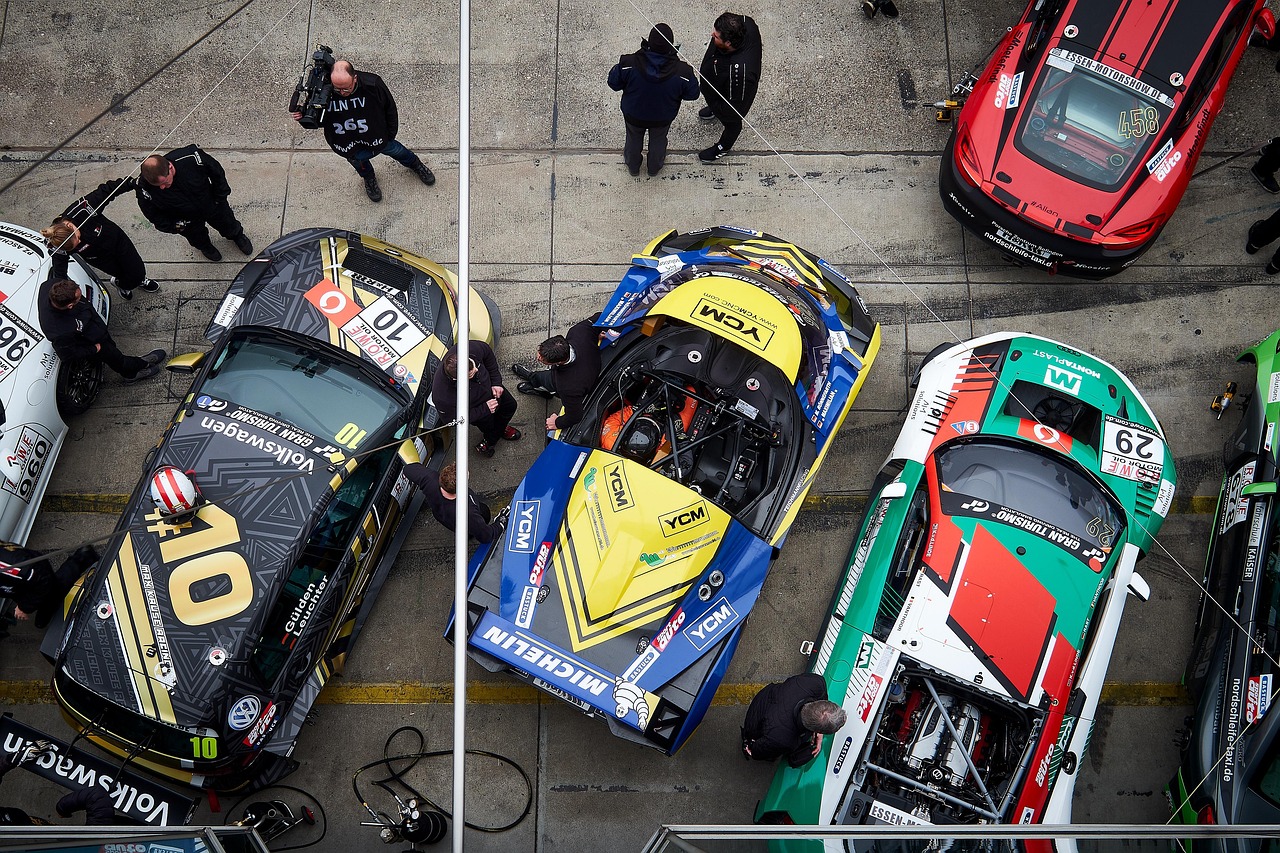
In recent years, public transport systems across the globe have been periodically disrupted by strikes. These strikes can paralyze urban mobility, affecting millions of commuters and causing significant economic losses. As cities strive for resilience and efficiency in transport networks, the application of neural models to predict and manage the risk of disruptions from strikes has emerged as a pivotal innovation.
Artificial Intelligence (AI) and machine learning, particularly neural networks, offer promising solutions to anticipate and mitigate the impacts of such disruptions. By leveraging vast datasets and sophisticated algorithms, neural models can predict the likelihood and potential impact of transport strikes with remarkable accuracy.
The Role of Neural Models
Neural models are a subset of machine learning algorithms that mimic the human brain’s neural structures. They are adept at recognizing patterns in large datasets, making them ideal for predictive analytics in complex systems like public transport networks. These models analyze historical strike data, social media sentiments, weather conditions, and even political climates to forecast potential strike actions.
- Data Sources: Neural models utilize diverse data inputs, including transport system performance metrics, historical strike records, employee satisfaction surveys, and public sentiment analysis from social media platforms.
- Pattern Recognition: By identifying patterns in past strike occurrences, neural models can predict the probability of future strikes and their likely duration and severity.
- Real-time Analysis: These models can process incoming data in real-time, allowing transport authorities to make informed decisions swiftly and accurately.
Global Context and Applications
Cities around the world have started to adopt neural models to enhance the resilience of their public transport systems. For instance, in Europe, where transport strikes are relatively frequent, several urban centers have integrated AI-driven predictive tools to manage disruptions more effectively.
In London, Transport for London (TfL) has been exploring machine learning applications to predict and respond to strike actions. By integrating neural models into their operational systems, TfL aims to minimize the disruptions caused by strikes, ensuring a more reliable service for commuters.
Similarly, in North America, metropolitan areas like New York City are considering the integration of neural models to bolster their transport systems’ robustness against strikes. The ability to forecast and prepare for such disruptions is crucial in maintaining the flow of urban life and mitigating economic impacts.
Challenges and Considerations
Despite their promising applications, neural models for predicting strike disruptions face several challenges. Data privacy and security are major concerns, particularly when handling sensitive information from transport operators and employees. Additionally, the accuracy of predictions depends significantly on the quality and comprehensiveness of the data inputs.
Furthermore, the dynamic nature of labor relations means that models must be continuously updated and refined to reflect current conditions. This requires ongoing investment in data collection and model training, as well as collaboration with stakeholders across the transport sector.
Conclusion
As urban populations continue to grow, the demand for reliable and efficient public transport systems is more critical than ever. Neural models represent a transformative approach to managing the risks associated with transport strikes, offering a proactive means of minimizing disruptions and enhancing system resilience.
While challenges remain, the integration of neural models into public transport management systems holds significant promise for the future, enabling cities to navigate the complexities of labor relations and ensure the smooth operation of urban mobility networks.













